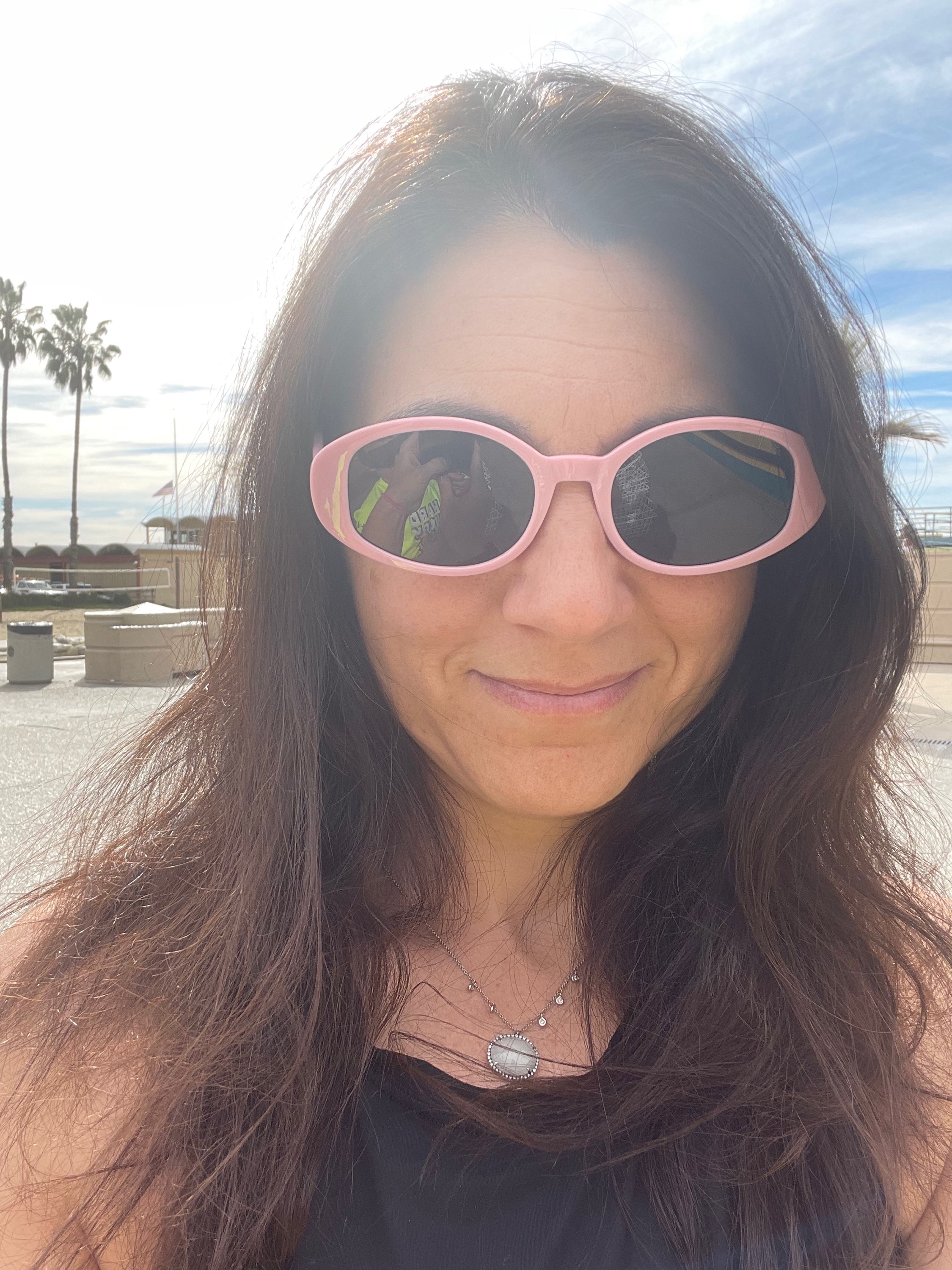Forgiveness and MY GRANDMOTHER ASKED ME TO TELL YOU SHE’S SORRY by Fredrik Backman
- Marisa Gelfand

- Nov 2, 2023
- 3 min read
We’ve all been wronged in ways big or small. You don’t get to decide how another person treats you. But you can choose whether or not to forgive.
Your response matters. Unresolved conflict can cause anxiety, depression, and loneliness. To avoid these negative consequences, consider trying forgiveness. People who forgive have less stress and improved mental and physical health.
Forgiveness tends not to come naturally. It is a skill people choose to learn and hone over time. New to forgiveness? Welcome! Try the REACH method.

R = Recall
E = Empathize
A = Altruistic Gift
C = Commit
H = Hold
Recall
Objectively recall the situation that hurt you. Tell the story to yourself as if you are a reporter providing all relevant data without showing anyone in a negative light or painting either party as the victim. It’s completely okay to feel anger during this step. If you do, don’t push it away.
Empathize
Step into the other person’s shoes. Try to understand their point of view without downplaying the hurt you experienced.
Altruistic Gift
Think about a time when you screwed up and hurt someone else’s feelings. Remember your remorse, confusion, and motivations in that situation. And, think about whether you were forgiven and how the forgiveness (or lack thereof) impacted you. Recalling that we all make mistakes, even you can help give the altruistic gift of forgiveness.
Commit
Decide to forgive and mark that decision in some way. This can be telling the other person that you forgive them, writing it down in a journal, emailing it to yourself…whatever works for you. It is important to note that forgiveness can be about your mindset and not the other person’s knowledge. It is perfectly fine to forgive another person without ever telling them.
Hold
Hold onto your forgiveness. If needed, repeat the steps above. Forgiveness does not delete your memories of the past. Instead, it encourages a healthier emotional response when the memories pop up.
Teaching Example:
My Grandmother Asked Me To Tell You She’s Sorry By Fredrik Backman
Elsa is a 7-year-old who is stressed at home and school. Elsa’s greatest hero was always Granny. But Granny hid a cancer battle from Elsa. When Elsa learned the truth, she was upset that Granny didn’t tell her.
Elsa’s mom (Granny’s daughter) is also dealing with hurt feelings. Granny was a doctor who helped people in war-torn regions and following natural disasters. This work meant Granny left Elsa’s mom for extended periods. Elsa’s mom resents that her mother chose to help others instead of raising her.
Apply The Skills
Elsa and her mother could talk to each other, journal, or draw pictures describing the decisions Granny made that hurt each of them. Then, they could try to see things from Granny’s perspective and would likely notice that Granny wanted to protect people and lessen the world’s collective pain. That would explain why she left her daughter and lied to her granddaughter – Granny valued taking care of the many and avoiding sadness over emotional closeness and authenticity.
With this added insight, Elsa and her mom could remember times when they hurt each other’s feelings and how it felt to hold onto anger versus forgive. They could read and re-read Granny’s letters of apology. Then, they could give Granny the altruistic gift of forgiveness. As part of this commitment to forgive, they could write her a letter accepting her apology, which could be re-read when sad memories arise.




